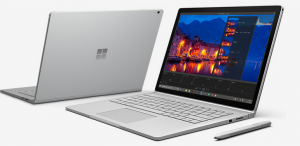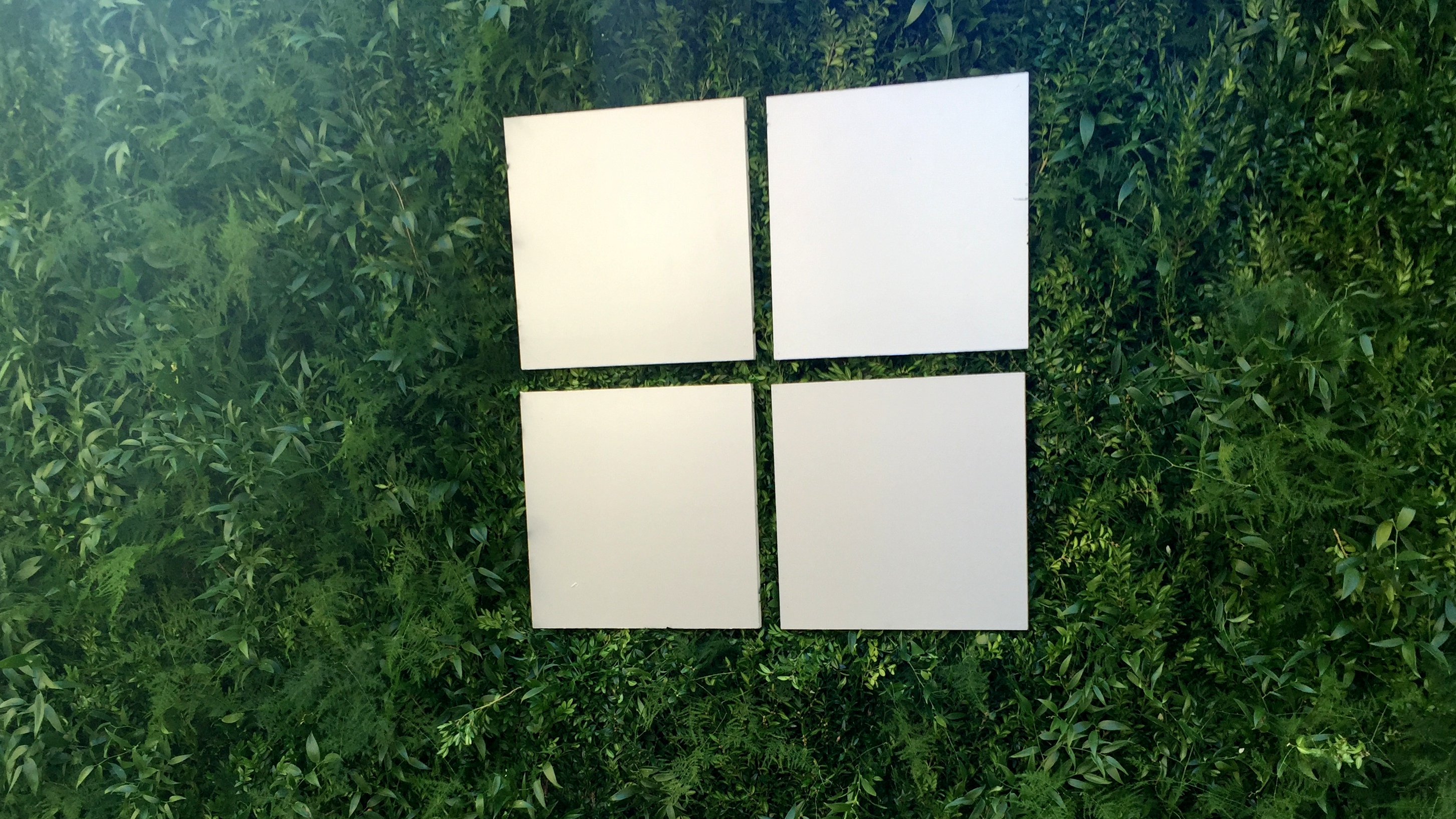This week, Microsoft took to the stage in NYC where the company showed off their next generation hardware. Everything from a new 2-1 laptop style device to premium phones were shown off but what became clear, if you read between the lines, is how Microsoft’s strategy has evolved under the Nadella administration.
Earlier this year, we saw Nadella and other Microsoft figures make appearances on a variety of different stages including, Apple, VMware and Salesforce too. Prior to that we saw the company sign deals with companies like Dropbox and Box to make it easier for those users to work within Office and access their content.
Microsoft likes to think of these new partnerships as “building bridges” but what we are now seeing is that in one hand the company is extending an olive branch to former competitors, in the other hand is a pistol to go to war with PC vendors.
For several decades, the relationship between OEMs and Microsoft was quite simple, at least, on the surface. Vendors would build the hardware and Microsoft would build the software and the two would live comfortably in the marketplace as two forces that needed each other to succeed. But, like all things over time, the market changed and Microsoft found its vendors not keeping up with the likes of Apple or pushing new boundaries with new devices so the company made the decision to start building hardware, initially only a tablet (Surface RT).
While the company’s first few iterations of hardware stumbled, the team behind the devices pushed forward. This week the company announced a new high-end tablet, the Surface Pro 4 and a high-end laptop (2-1 technically but it’s a laptop) that now goes head-to-head with its OEM partners in an area Microsoft has not traditionally touched.

The Surface Book has its own unique characteristics, premium build quality, and loaded with high end features that the company is clearly putting on a pedestal to show other OEMs that the PC bar has been raised. And if OEMs are not willing to raise their standards and ability to create compelling Windows based devices, then Microsoft will and will gain some market share for taking those risks.
At this time, Microsoft’s OEM partners shouldn’t be scared, but they should be thinking about a world where they are now competing more directly with Microsoft on many different fronts. A significant change from a decade ago where the competition was only from other OEMs and not the mother ship itself.
For the consumer and business users, the Surface Book and Pro 4 are new choices in a heavily contested market but also offer the Microsoft advantage of not shipping with bloatware. OEMs have tarnished their own reputation over the years with loading up new machines with so much crapware that previously, especially with Windows XP, the first thing you would do is format the hard drive.
The legacy of this tactical move by Microsoft has yet to be written but in the near future we will look back to see how this new device disrupted an industry stuck in their ways for decades.




